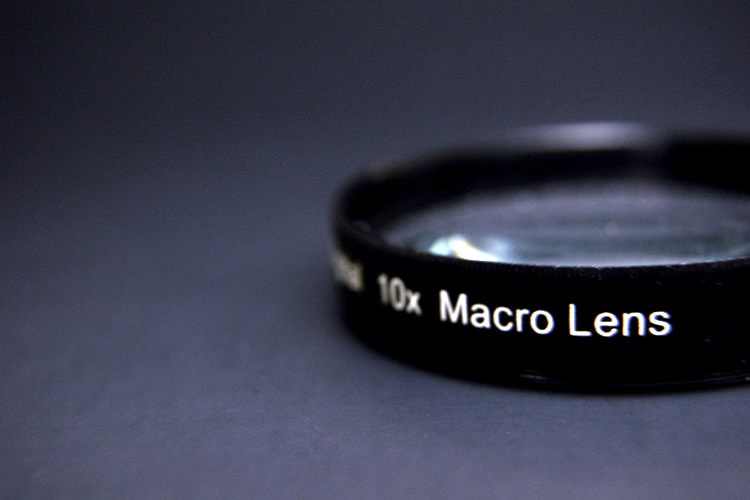Tips for Photographers Getting Into Macro Photography
You’ve mastered portraits, actions shots, candid pictures, and even the tough wedding photo market. You’re on the top of your photography game when a client comes by and asks if you do macro photography.
You figure it’s a piece of cake, but when you have that watch in your lightbox and you’re trying to figure out the best way to capture it, you realize that you’re in a bit over your head with macro photography. When you’re going through online applications for jobs and competing with other photographers, adding an extra style to your skillset is always beneficial.

photo by JD Hancock
Here are a few considerations to keep in mind when you’re moving from one type of photography to another. Make sure you check out our showcase of stunning macro shots to give you an idea of the art you can create with this particular photography style.
Picking Up The Proper Equipment
You aren’t going to capture the best macro images with your kit lens or another existing lens. If this is your first time shooting macro, you’re going to need to suck it up and drop a good chunk of change on a lens specifically for macro shots.
Choose Your Working Distance
A 35mm to 60mm macro lens requires you to get almost on top of the subject that you’re shooting, which makes lighting difficult in many situations. While the shorter focal length allows you to almost touch your lens to the subject, a 100mm lens gives you some breathing space without sacrificing quality.
Adorama lists other accessories that are essential for high end macro photography. A solid tripod is a must if you’re working on product photos or another subject that benefits from a fixed-position camera angle. If you’re taking nature macro shots, however, you’re better off holding the camera by hand.
A ring light or close-up speed lighting system is also an essential piece of equipment for your macro photography needs. The massive light options you already have aren’t going to do you a lot of good when dealing with small items that you’re going to be almost on top of. Instead, choose flashes that work perfectly with that situation.
Adjust Your Technique
Composition for macro photography is significantly different from standard photography. You’re working very heavily with depth of field techniques here, bringing out the best parts of the object while letting the rest fade off into the background.
For nature photographs, you want your subject and its immediate surroundings, with the rest blurred out so all of the focus is on the cool bug or flower you found.
Product photography, on the other hand, benefits from crisp, clear details throughout the shot. How Stuff Works gives several composition tips, such as working with natural lighting and keeping the traditional rule of thirds in mind when you’re shooting.
It takes time to adjust to depth of field techniques, but once you figure out the best way to generate the macro shots that you want, it’s well worth it. Feel free to share your own tips & tricks via Twitter or Facebook!
